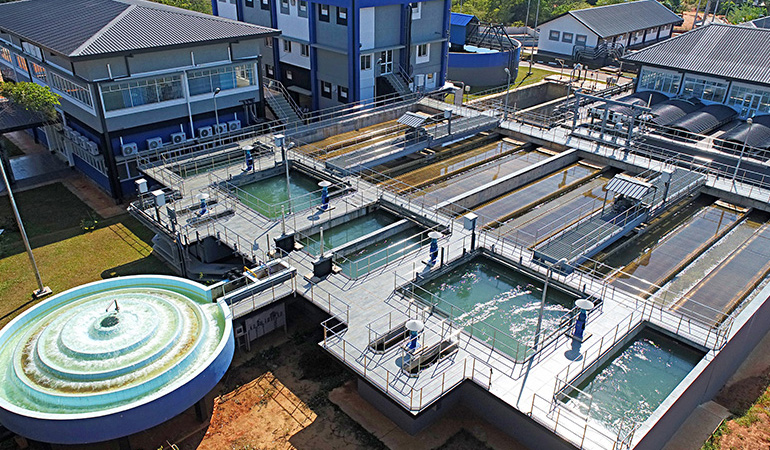Water Managment Plants
Water treatment is any process that improves the quality of water to make it appropriate for a specific end-use. The end user may be drinking, industrial water supply, irrigation, river flow maintenance, water recreation, or many other uses, including being safely returned to the environment. Water treatment removes chemicals and undesirable components or reduces their concentration so that the water becomes fit for its desired end-use. This treatment is crucial to human health and allows humans to benefit from both drinking and irrigation use.
Water is the most crucial compound for life on Earth, and having drinkable water is a key worldwide concern for the twenty-first century. All living things require clean, uncontaminated water as a basic requirement. Water covers more than a percent of the earth’s surface, but only around 1% of it is drinkable according to international standards due to various contaminations. Wastewater discharge from industries, agricultural pollution, municipal wastewater, and environmental and global changes are the main sources of water contamination. Even trace levels of heavy metals, dyes, and microbes are hazardous to human health, aquatic systems, and the environment. According to Food and Agriculture Organization assessment from 2007, absolute water scarcity will affect 1.8 billion people living in countries, and water stress might affect two-thirds of the global population.

